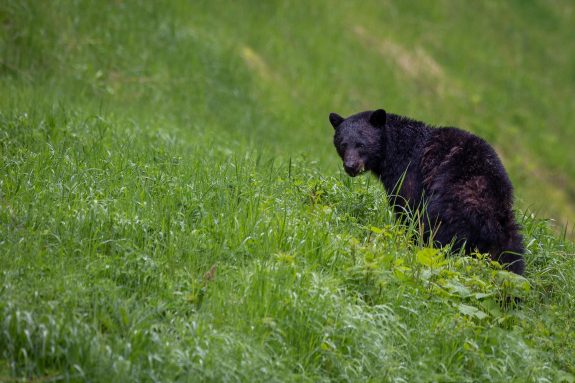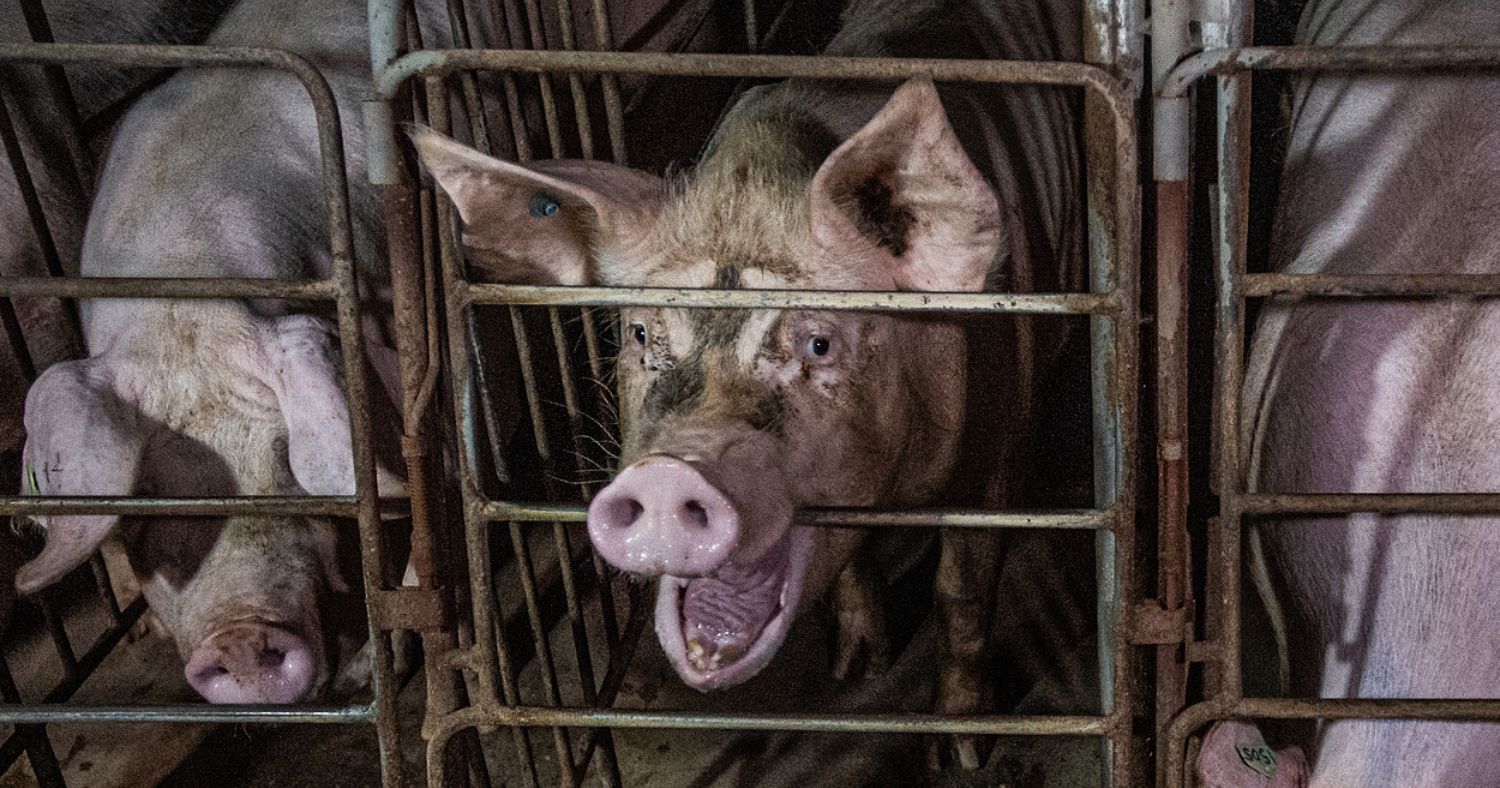Each spring, bears emerge from their slumber in search of food. Those that stray too far often end up dead at the hands of government agents.
Canada is home to hundreds of thousands of bears who live in the forests of every province and territory, with the exception of PEI. Bears are incredibly intelligent, spend most of their time foraging and hunting for food, and are considered apex predators who play a critical role in their ecosystems.
When hikers, homeowners, and passers-by report non-emergency encounters with bears to conservation officers, they may expect animals to be relocated or rehabilitated. Increasingly, it seems wayward bears are receiving a lethal injection or a bullet to the head.
Black Bear-Human Encounters Don’t Need to be Lethal
While black bears can appear intimidating, these animals are typically skittish, and will usually run from humans. But bear-human encounters can happen when humans inadvertently or intentionally feed wildlife, or when orphaned cubs are found—like those whose mothers are brutally gunned down in Ontario’s spring bear hunt.
When bear cubs are found orphaned or injured, they should be brought to one of the numerous wildlife rehabilitation centres across Canada which can provide them with a second chance. But when these bear cubs are reported to conservation officers, they often opt to kill the animals without even documenting the reasons why. Wildlife advocacy group The Fur-Bearers uncovered a shocking 77 records of conservation officers killing young bears from January to December 2021 in British Columbia alone.
The Fur-Bearers point out that a lack of demarcation between mandated public safety duties and non-mandated wildlife management, and an irregular adherence to policy, compounded by the absence of third-party oversight, creates systemic issues that must be addressed.
Grizzly Bear Photoshoots Have Tragic Consequences
Grizzly bears can be found in Canada’s three northern territories, and in BC and Alberta. Approaching grizzly bears is dangerous and can provoke an attack that may result in life-altering injuries or death—for the human participants, and the bear being captured and killed by conservation officers.
But sometimes, people can carelessly or deliberately get too close to grizzlies. Even the threat to their own life doesn’t seem to deter selfie-seekers and amateur vloggers, as there are frequent reports of irresponsible tourists clambering to get a shot of the majestic, but dangerous, animals. The long-term consequences of humans approaching grizzly bears and allowing them to become accustomed to us, and feeding them human food, are dire. The best way to protect grizzly bears is to leave them alone.
Polar Bears Need Room to Roam
It is standard practice for conservation officers to kill any polar bear in an area where humans don’t expect them to be. But as polar bear habitat shrinks due to human encroachment and changes due to the warming climate, encounters will become more common.
On May 1, 2022, Quebec wildlife protection officers shot a polar bear to death who had roamed into the Gaspé region. This wrongful killing sparked international outcry, with many calling for peaceful coexistence and better protocols that don’t result in heartbreaking bear deaths.
Immobilizing a polar bear for relocation away from humans may be expensive, but these beautiful animals are highly vulnerable, are regularly cited as species of concern by conservation scientists, and should be protected. Governments should prioritize compassionate solutions, instead of promoting lethal force used against polar bears.
Conservation officers shouldn’t be allowed to continue to indiscriminately gun down bears in Canada. Seemingly-indiscriminate killing of bears desperately needs to change. The public is increasingly concerned about how human-wildlife conflict is managed and existing policies need to be challenged. Animal Justice believes that conservation officers across the provinces and territories should be legally required to take a non-lethal, science-based approach to human-wildlife conflict, instead of having a license to simply execute any animal that might be inconvenient to a human.



